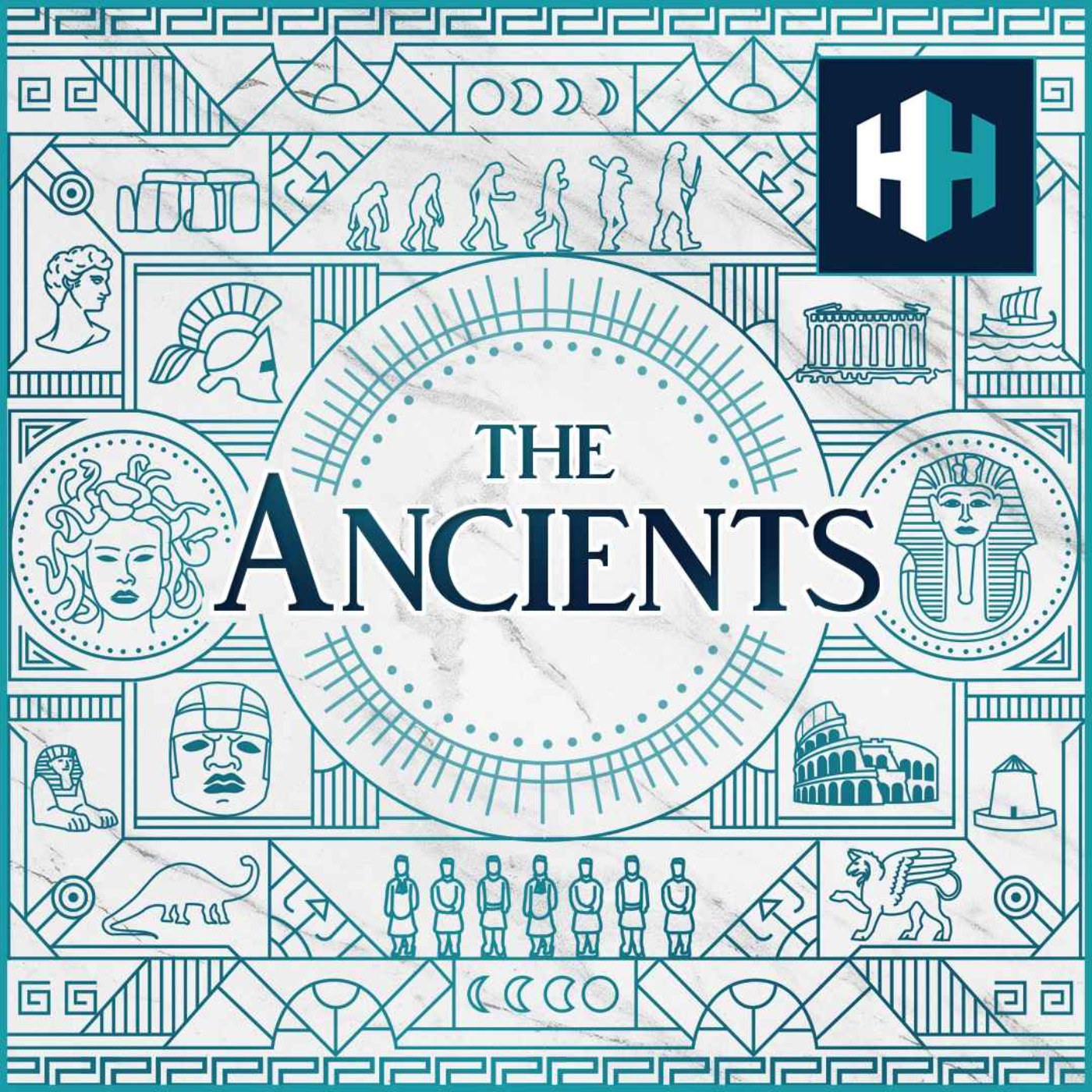
From twisted flax to one-legged ibises, Egyptian hieroglyphs offer a window into the heart of ancient Egypt. But how did this script really work?In this episode of The Ancients, Tristan Hughes speaks with Egyptologist Hugo Cook to decode the symbols that adorned temples, tombs, and papyrus scrolls found up and down the Nile. Together they uncover how hieroglyphs recorded everything from poetry to peace treaties, the meanings behind their intricate designs, and why the ancient Egyptians believed they held power beyond words.Presented by Tristan Hughes. Audio editor is Aidan Lonergan, the producer is Joseph Knight. The senior producer is Anne-Marie Luff.All music courtesy of Epidemic SoundsThe Ancients is a History Hit podcast.Sign up to History Hit for hundreds of hours of original documentaries, with a new release every week and ad-free podcasts. Sign up at https://www.historyhit.com/subscribe. You can take part in our listener survey here:https://uk.surveymonkey.com/r/6FFT7MK
No persons identified in this episode.
No transcription available yet
Help us prioritize this episode for transcription by upvoting it.
Popular episodes get transcribed faster